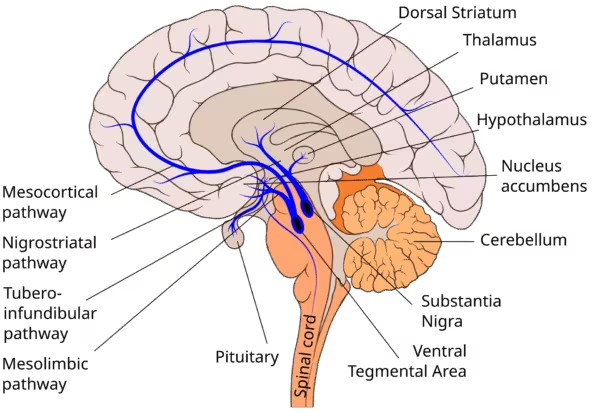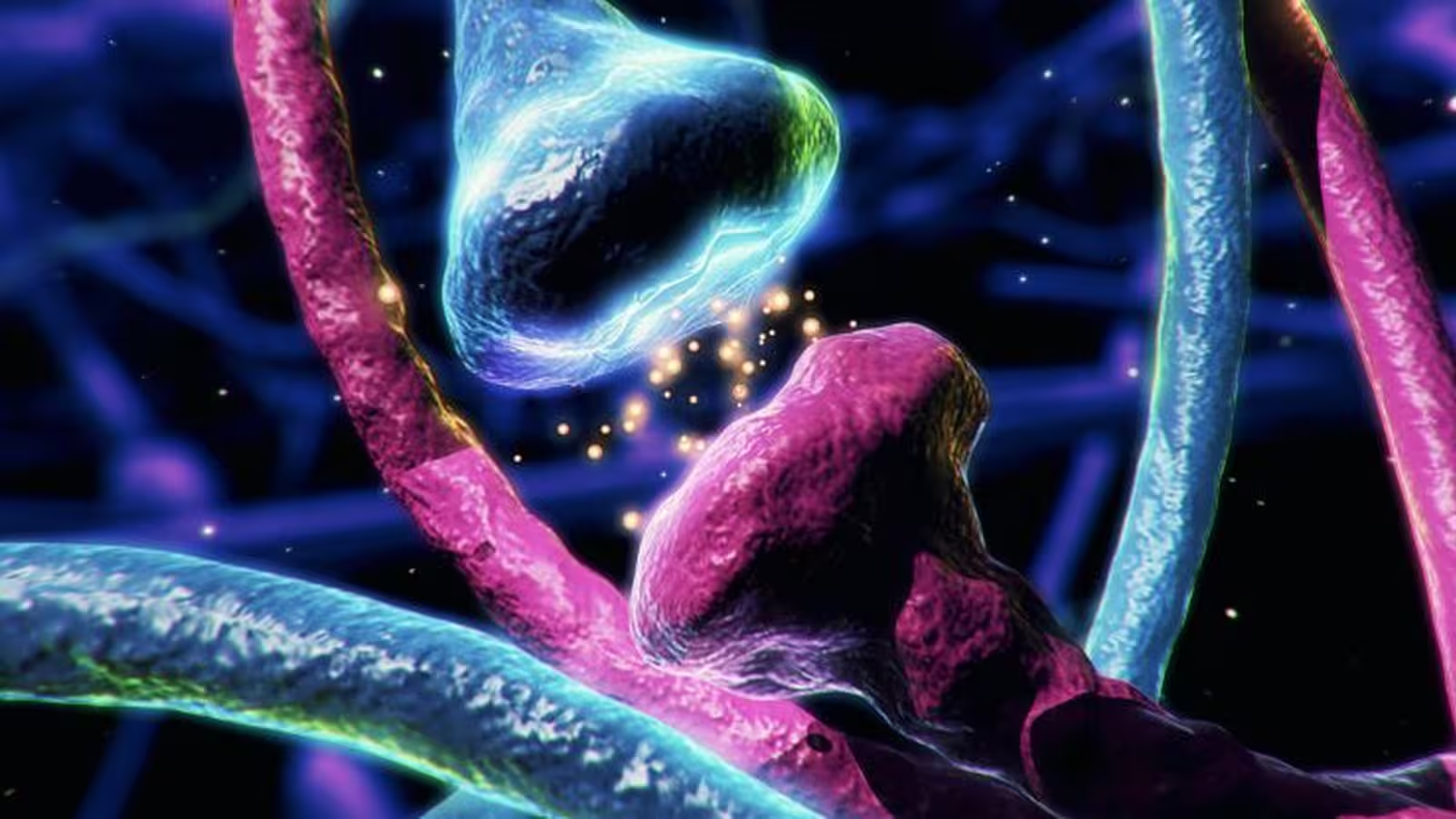3 Minutes
Dopamine's True Role in the Brain: Beyond the Traditional View
Dopamine has long been celebrated as one of the most crucial neurotransmitters in neuroscience, playing a pivotal part in everything from human behavior to cutting-edge digital health technologies. For decades, the prevalent theory maintained that dopamine operated much like a broadcaster—dispersing its signals throughout the brain for widespread effects. However, breakthrough studies from leading institutions such as the University of Colorado and Augusta University are now challenging this foundational concept.
Microscopic Insights: Pinpoint Precision in Dopamine Signaling
Utilizing advanced microscopy and fluorescence imaging technologies, researchers have recently observed dopamine in action within living brain tissues. By carefully initiating dopamine release in live mice, scientists noticed that the neurotransmitter could activate specific, highly localized regions on adjacent neurons within mere milliseconds. This rapid, targeted response—akin to a whisper rather than a megaphone—contrasts sharply with the slow, global diffusion picture previously accepted.
What Sets Dopamine Apart? Fast vs. Slow Signals
Traditionally, dopamine was understood to modulate motivation, movement, memory, and reward by bathing large neural regions in its chemical signals. New findings indicate that dopamine is far more adaptive and versatile, capable of delivering both broad (slow) and pinpointed (fast) signals. Such flexibility allows the brain to orchestrate a wide array of complex behaviors and responses with remarkable precision.

Cutting-Edge Technology Sheds Light on Brain Function
The use of sophisticated live-tissue imaging and fluorescent staining exemplifies the rapidly evolving intersection of biotechnology and neuroscience. These tools are unlocking details that were once inaccessible with conventional techniques, highlighting the promise that technology holds for decoding intricate brain systems.
Product Features: Advanced Imaging and Its Benefits
- High resolution: Enables observation of real-time chemical signaling at the cellular level.
- Targeted analysis: Allows for isolation of specific neurons and their interactions.
- Rapid feedback: Captures millisecond-scale changes unattainable with slower imaging platforms.
Comparing Classic and Modern Views of Dopamine
| Classic Theory | New Findings |
|---|---|
| Slow, widespread diffusion | Fast, localized signaling |
| Generalized neural impact | Specific, targeted cellular effects |
| Limited functional specificity | High behavioral and functional precision |
Implications for Neurological Health and Future Technologies
The striatum, a region of the brain densely packed with dopamine-releasing neurons, has been at the center of this groundbreaking research. The striatum is closely linked to movement, reward, and a variety of neurological disorders including Parkinson’s disease, ADHD, schizophrenia, and addiction. An enhanced understanding of dopamine’s nuanced signaling methods opens doors for the development of next-generation neurotechnologies and digital therapeutics aimed at more effective interventions.
Real-World Use Cases
- Medical innovation: Insights derived from real-time dopamine mapping could directly inform new treatments for Parkinson's, schizophrenia, and substance abuse disorders.
- Smart health devices: Wearable neurotechnology may one day monitor and modulate dopamine signaling for personalized medicine.
- AI-driven research: Machine learning systems can integrate these findings to simulate brain processes more accurately.
Market Relevance: A New Era for Biotechnology and Neurotechnology
These discoveries position the biotech sector at the forefront of redefining mental and neurological health solutions. Companies specializing in neural imaging, AI healthcare analytics, and drug development stand to benefit from this evolving knowledge base, reinforcing the growing symbiosis between digital innovation and life sciences.
Conclusion: Charting New Territory in Brain Science
As Professor Christopher Ford and fellow experts underscore, we are only beginning to uncover the full complexity of dopamine’s role in both healthy and diseased brains. Continued exploration, enhanced by state-of-the-art technology, promises a future where our understanding of neurotransmitters not only fuels scientific discovery but also drives practical advancements in healthcare and digital therapeutics. For technology professionals and enthusiasts alike, this marks an exciting chapter in the intersection of neuroscience and digital innovation.
Source: science



Comments